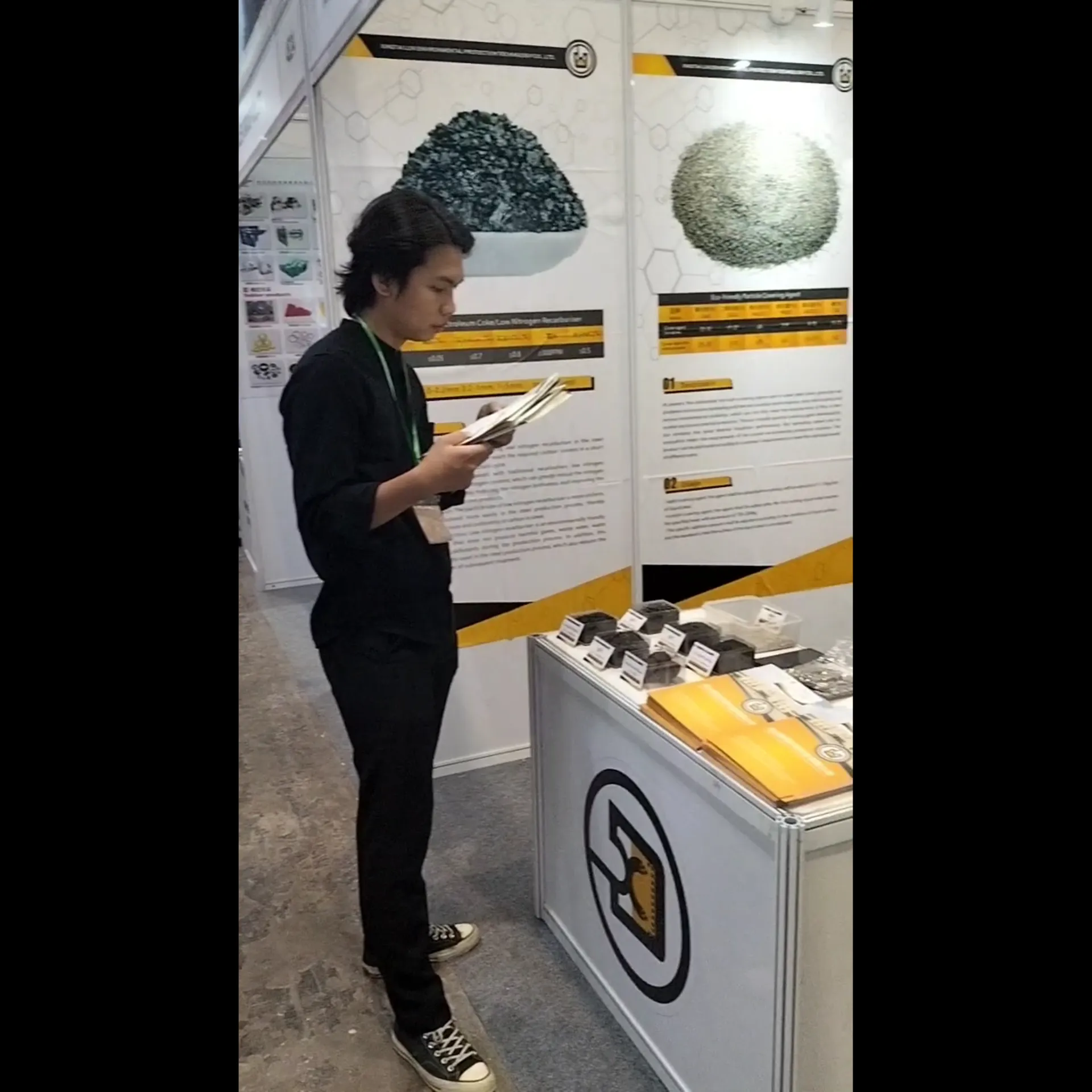Oct . 07, 2024 17:47 Back to list
insulation material for outside pipes factories
Insulation Material for Outside Pipes in Factories
In industrial settings, the proper management of heat retention and energy efficiency is crucial for operational success and sustainability. One of the key components in achieving these goals is the insulation of outside pipes which transport hot liquids or gases. The choice of insulation material plays a significant role in maintaining the temperature of fluids, preventing heat loss, safeguarding personnel, and reducing energy costs. This article will delve into the types of insulation materials best suited for outside pipes in factory environments, as well as their benefits, installation considerations, and maintenance.
Importance of Insulating Outside Pipes
Piping systems in factories frequently carry substances at high temperatures. Without adequate insulation, significant amounts of heat can be lost to the environment, translating into increased energy costs and decreased efficiency. Moreover, uninsulated pipes can lead to safety hazards such as burns to personnel and potential condensation issues that can cause corrosion or degrade nearby structures. Insulation serves not only to maintain temperature but also to protect workers and reduce energy expenses, making it an indispensable element of factory operations.
Types of Insulation Materials
Several types of insulation materials are available for outside pipes, each with its unique properties and advantages. The most commonly used materials include
1. Fiberglass Insulation Fiberglass is a widely adopted insulation material for piping systems due to its excellent thermal resistance and cost-effectiveness. It is lightweight and non-flammable, making it suitable for a variety of factory environments.
2. Mineral Wool (Rock Wool) This type of insulation has impressive fire resistance and sound-dampening properties. It is ideal for high-temperature applications and provides significant thermal protection against heat loss.
3. Foam Insulation Rigid foams made from materials like polystyrene or polyurethane can provide superior insulation performance with lower thermal conductivity, making them ideal for both hot and cold piping systems.
4. Calcium Silicate This material is highly regarded for its thermal insulation properties in high-temperature settings. It is often used in power and petrochemical plants due to its durability and resistance to extreme temperatures.
insulation material for outside pipes factories

5. Aerogel Though potentially more expensive, aerogel is an advanced insulation material known for its outstanding thermal resistance and lightweight characteristics. Used in very specialized applications, it provides superior insulation with minimal thickness.
Benefits of Proper Insulation
The benefits of adequately insulating outside pipes extend beyond mere energy conservation. Firstly, it contributes to significant cost savings by reducing energy consumption needed to maintain fluid temperatures. Secondly, it enhances workplace safety by minimizing burn hazards and reducing the risk of pipe condensation, which can create slippery surfaces. Thirdly, good insulation can prolong the lifespan of piping systems by protecting them from extreme temperature fluctuations and environmental factors such as moisture or UV radiation.
Installation Considerations
When selecting insulation for outside pipes, factories need to consider several factors such as the temperature range of the transported fluids, environmental conditions, and local regulations. The installation must ensure that the insulation is properly fitted to prevent gaps, which can compromise thermal performance. Furthermore, the outer protective layer is essential in shielding the insulation from moisture and potential physical damage.
Maintenance of Insulation Systems
Regular inspections and maintenance of the insulation system are crucial for ensuring long-term performance. Over time, insulation can degrade due to environmental exposure, mechanical wear, or moisture infiltration. Periodic checks should be employed to identify any damaged areas that require repair or replacement to maintain the integrity of the thermal protection.
Conclusion
The choice of insulation material for outside pipes in factories is integral to enhancing energy efficiency, ensuring safety, and protecting assets. With several insulation options available, facilities must assess their specific needs and environmental conditions carefully to select materials that will provide the best performance. By investing in high-quality insulation and committing to regular maintenance, factories can achieve significant operational benefits, leading to enhanced productivity and sustainability.
-
Eco-Friendly Granule Covering Agent | Dust & Caking Control
NewsAug.06,2025
-
Fe-C Composite Pellets for BOF: High-Efficiency & Cost-Saving
NewsAug.05,2025
-
Premium Tundish Covering Agents Exporters | High Purity
NewsAug.04,2025
-
Fe-C Composite Pellets for BOF | Efficient & Economical
NewsAug.03,2025
-
Top Tundish Covering Agent Exporters | Premium Quality Solutions
NewsAug.02,2025
-
First Bauxite Exporters | AI-Optimized Supply
NewsAug.01,2025
